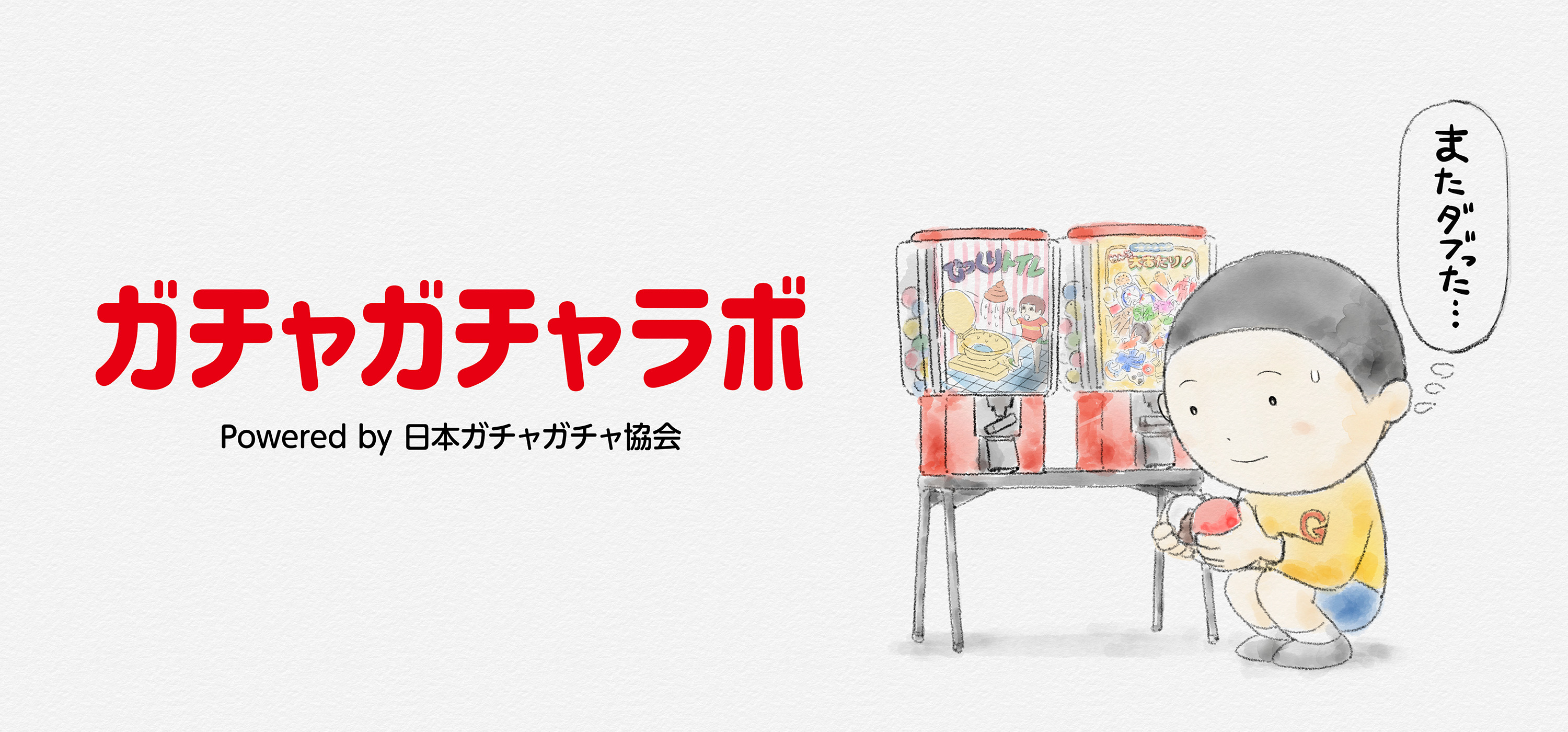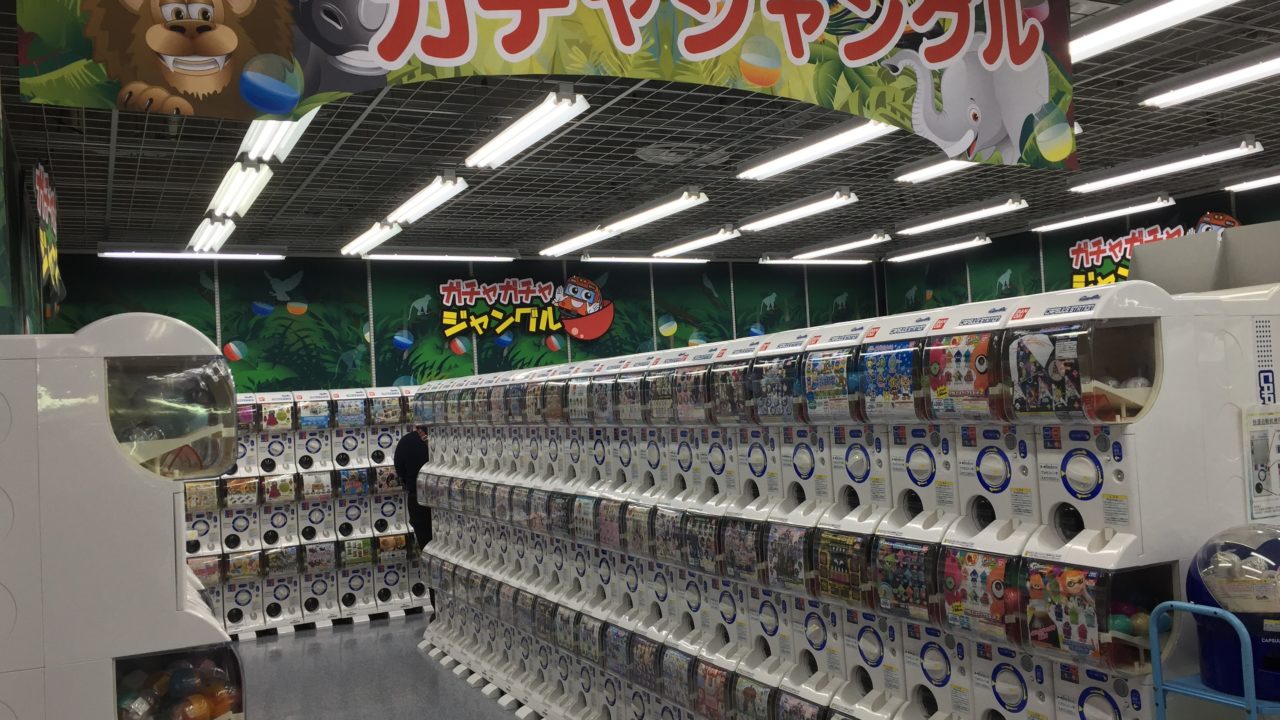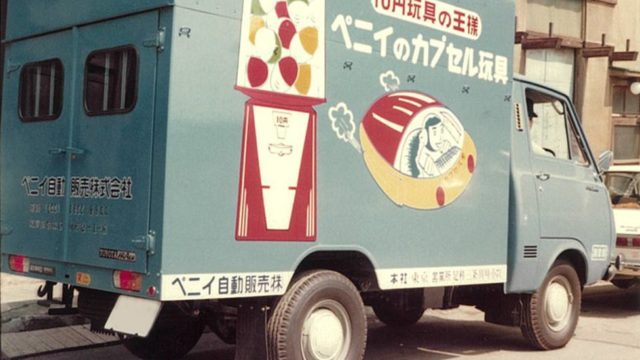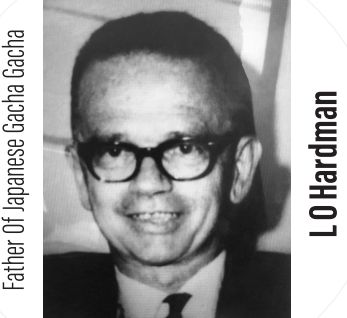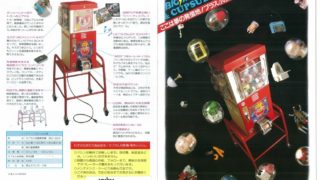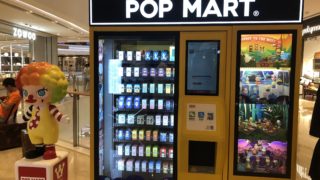日本のアニメが海外に影響を及ぼしているように、日本のガチャガチャ文化も海外に影響を及ぼしていること、知っていますか?
ガチャガチャ・ガチャポンラボ所長ののオノーちゃん( @GachaOnoo )です。
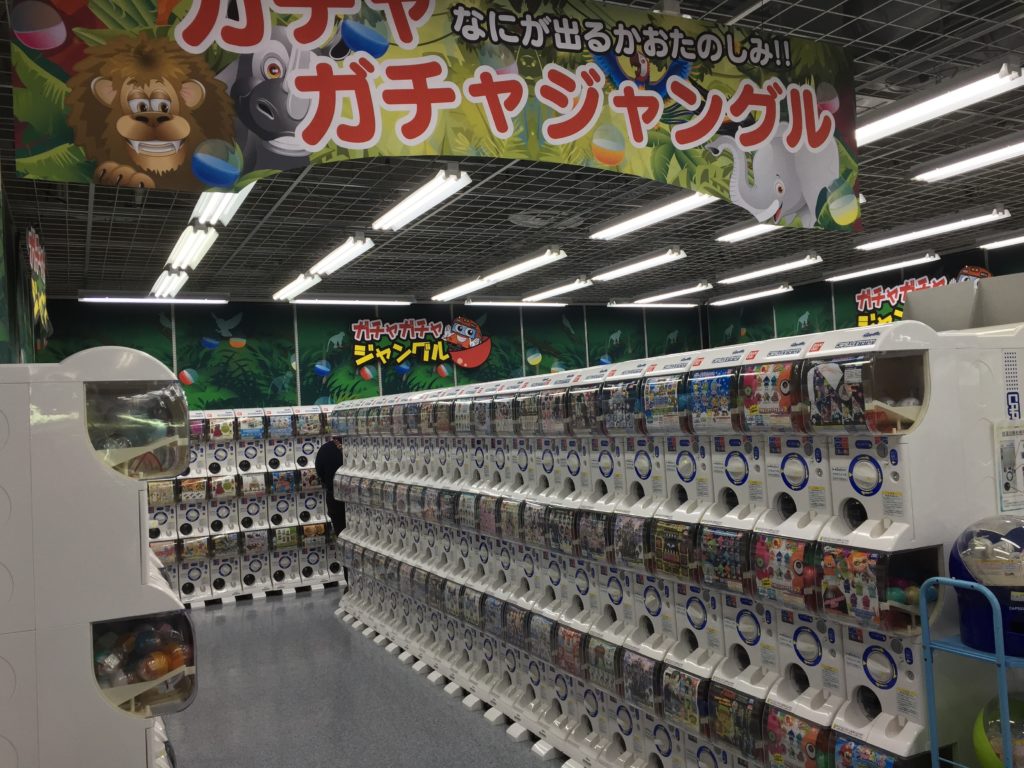 日本のガチャガチャが海外に影響を受けている
日本のガチャガチャが海外に影響を受けている世界に広がる日本のガチャガチャ文化
2年前にタカラトミーで働いていた時代に、オノーちゃんのガチャガチャブログを読んでくれて、アメリカのガチャガチャ研究家から、なんとお手紙が届いたのです。
1965年からはじまる日本でのガチャガチャカルチャーは日本流にアレンジされ進化しアメリカのクリエイター達に影響を与えるまでになりました
以下外、頂いた手紙の内容です。
To answer your question, there are many reasons why I am writing a book about gachapon. 🙂
なぜガチャポンの本を書いているかという質問ですが、その理由はいくつもあります。
My first personal experience with gachapon toys was in 1999, when I traveled to Japan as a university student. During our tour of Japan, we had a free day to explore Tokyo, and were given ¥1,000 to buy lunch. My classmates went to a local ramen restaurant, but I spent my lunch money on gachapon. I was absolutely fascinated by the whole experience; looking at all the different items available, the sound of the gacha gears moving, the anticipation, the disappointment and the triumph! The appreciation I had for the design and creativity of these these miniature toys and the gacha machines, still remains today.
私の最初のガチャポン商品との出会いは1999年です。学生時代に日本に旅行した時でした。東京を1日自由に回れる日があり、昼食用に1000円をもらったのですが、クラスメイト達がそれでラーメンを食べていましたが、私は昼食を食べず、ガチャポンを購入しました。ガチャポンを購入する一連の行為がすべて大変魅力的でした。たくさんの商品がずらりと並んでいるところ、ガチャマシンのハンドルを回した時の音、回す前の期待感、欲しいものが出なかった時のがっかり感、欲しいものが出た時のやった!という気持ち。カプセルから出てきたミニチュアトイやガチャマシンのデザインとその創造性。今でもその時の印象が鮮明に残っています。
Now 18 years later, I am working as a consumer anthropologist and analyst for Canvas8.com, in which I study intercultural influences on consumer behavior. Within this field of study I specialize in youth culture and fan studies, with a particular focus on the collectibles market. A big focus of my studies has been on the rise of the adult pop culture enthusiast in the US, and their buying behavior. Thanks to the growing, all-ages popularity of pop culture fandoms, the US collectibles market is now worth $1.8 billion, and represents 9% of total toy industry sales.
18年後の今、私は人類学における消費の分析を学術的に研究しつつ、Canvas8.comという文化的な洞察でビジネスのコンサルティングをする団体のアナリストをしています。
そこで私は消費行動に与える知的影響を研究しています。この分野の中でも若者文化と愛好者の研究を専門にしています。特にコレクター市場に焦点を当てています。米国における大人のポップカルチャーマニアが形成されつつあり、彼らの購入動向に特にフォーカスして研究をしています。
A big entry point for fans both young and old has been through blind box toys, many of which are imported from Japan. NPD states that sales of blind packaged toys grew 60% in 2016, and since 2013, sales have grown more than six-fold. I believe that this incredible growth would not have happened if it wasn’t for the influence of Japanese gachapon, and shokugan on the global toy industry.
老若問わず、このマニア層の購入のきっかけはブラインドボックスをです。その多くが日本から輸入されたものです。NPD(https://www.npd.com/wps/portal/npd/us/about-npd/ 米国の調査会社?)によると、ブラインドボックスの市場は2016年に60%成長し、2013年からは6倍以上の市場に成長しています。日本のガチャポンや食玩のグローバルな玩具市場への影響なしにその驚異的な成長はなかったと思います。
I strongly believe that the US is mirroring many consumer trends of Japan, not only taking aesthetic inspiration from Japanese toys, but also in distribution models. The US market’s most popular toys including Funko Pop vinyls, Tsum Tsums, Num Noms, Shopkins, Pokemon and Mash-ems, are either Japanese characters or brands, or whose design aesthetic (especially in sofubi, chibi and kawaii styling) take substantial design inspiration from Japanese toy lines.
米国は日本の消費トレンドの多くを追いかけていると強く感じています。日本の玩具からインスピレーションを受けるばかりでなく、販売の方法についてもです。米国市場で人気の、Funko POP、ツムツム、Num Noms、Shopkins、ポケモン、Mashemsはいずれも日本のキャラクターかブランド、もしくは日本の玩具から多くの影響を受けて、ソフビ、チビ、カワイイスタイルにデザインされたものです。
While challenges (including the lack of a dollar coin) in the American bulk vending industry has limited the growth of gacha machines in the US, there is a great interest among Western consumers to know more about gachapon, and the people and culture of Japan. The goal of my book is to introduce the unique history of gachapon to the English speaking world. I would like readers to understand the incredible amount of sentiment, innovation and craftsmanship behind gacha toys and their global influence and significance. Most importantly, I aim to tell the story of Japanese gachapon industry and the vast array of toy themes, as a way to explore and celebrate the culture, history, sense of humor, and the creativity of Japan. The exciting toy design and innovative marketing efforts of T-ARTS products, including both licensed Gacha lines and the wonderfully creative and funny work of PANDA’S Ana exemplify all the reasons why I believe that it is a great time to tell this story.
米国では、1ドル硬貨の流通が限られ、ガチャ(バルクベンディング)市場において、ガチャマシンの設置がなかなか進まないという状況ですが、欧米の消費者はガチャポンのこと、それに携わる人や日本におけるその文化についてもっと知りたいという大変強い関心があります。私の本の目的はガチャポンのユニークな歴史を英語圏に紹介することです。ガチャ商品には信じられないくらいのこだわりや、イノベーション、職人魂が含まれていること、そのグローバルな影響と意義を読者に理解してもらいたいのです。日本の文化、歴史、ユーモアのセンス、創造力を探求し、称賛する方法として、日本のガチャポンビジネスの物語とさまざまなテーマのガチャ商品があることを伝えたいのです。アーツのキャラクター商品とすばらしくクリエイティブなパンダの穴の面白い商品を含め、わくわくするおもちゃのデザインと革新的なマーケティングの工夫が、このガチャの物語を今こそ語る時と信じるすべての理由を示しています。
Side note: I believe that the seeds of the Japanese gachapon industry goes back even further than 50 years. 😀 According to this 1952 article in Billboard Magazine Mr. Les O. Hardman, owner of Pittsburgh’s Penny King charm manufacturing–who helped Mr. Ryuzo Shigeta establish Penny in 1965–was inspired to start his vending machine business when he was introduced to Japanese celluloid charms in 1936. The history of capsule toy vending begins with Japan! Very cool!
日本のガチャビジネスは50年以上遡るものですね。1952年発行のBillboard Magazineによると、1936年に日本のセルロイドチャームを紹介されて、ベンディングマシンビジネスを思いついたピッツバーグのPenny King charm manufacturingのオーナーHardman氏は1965年重田龍三氏がペニイを設立するのを手伝ったそうです。日本のカプセルトイベンディングの始まりですね。
Thank you for taking the time to read this long email. I wanted to express to you and T-ARTS my great respect and appreciation for all that you do, and my dedication to honoring the history of Japan and gacha gacha.
アーツのガチャに関わるあらゆる活動に対しアーツに多大なリスペクトと感謝を、日本のガチャガチャの歴史に対する尊敬の念を伝えさせてください。
And yes, I would very much appreciate exchanging information with about the history of gachapon with you.
ぜひガチャの歴史に関する情報交換をしましょう。
1965年からはじまる日本でのガチャガチャカルチャーは日本流にアレンジされ進化しアメリカのクリエイター達に影響を与えるまでになりました
この手紙を読んでみると、いかに日本のガチャガチャが海外に影響があったかがわかります。日本のガチャガチャ文化の魅力を感じさせてくれる手紙でした。
んじゃまた!!!
